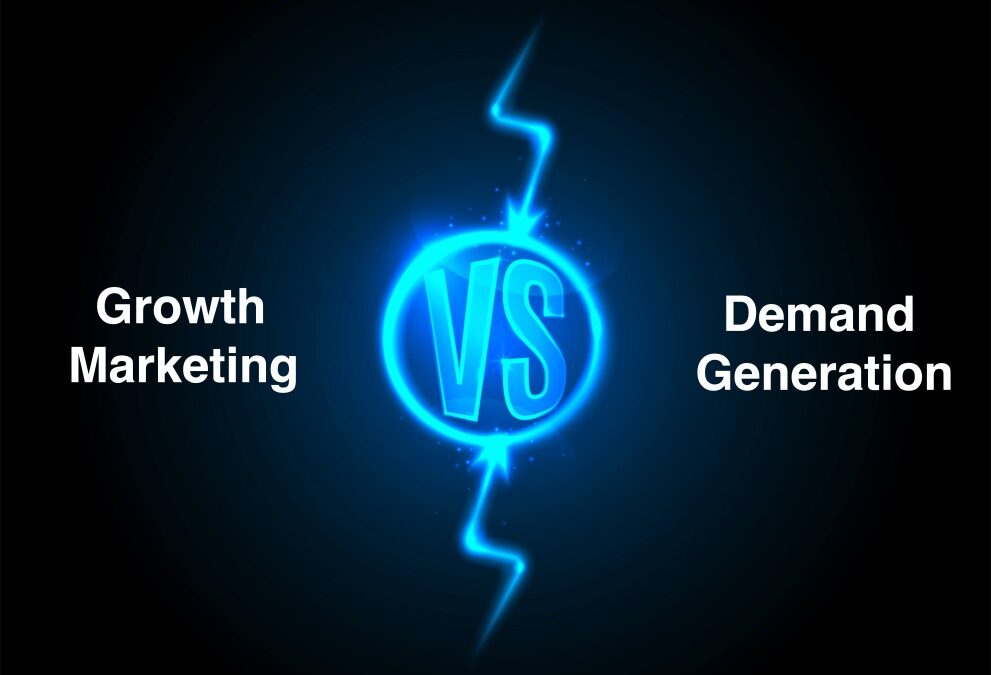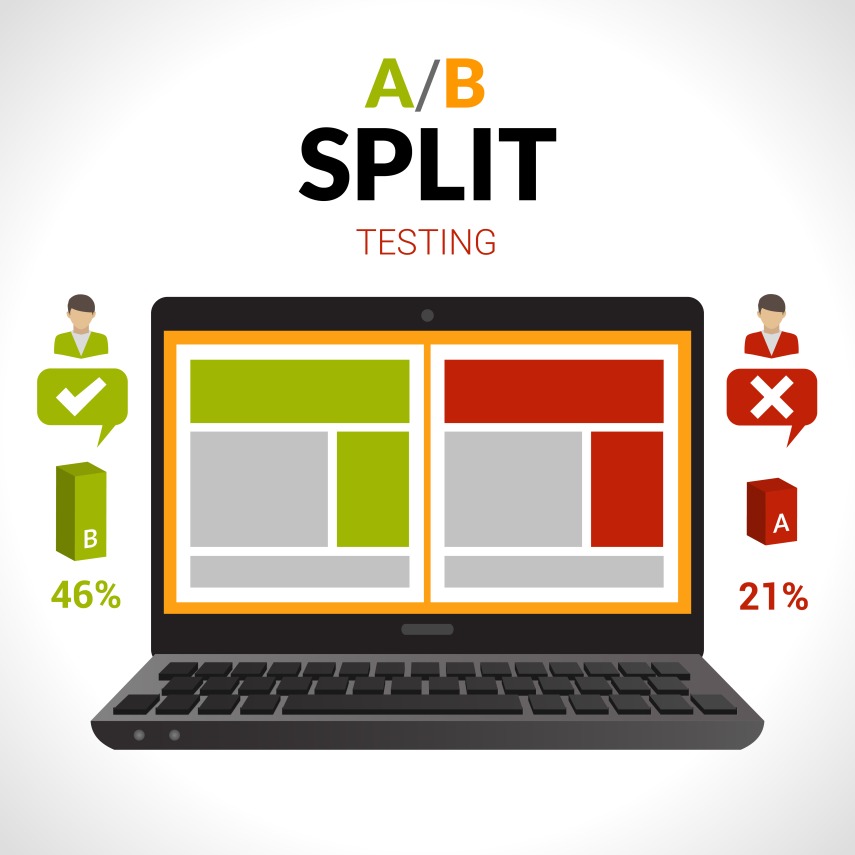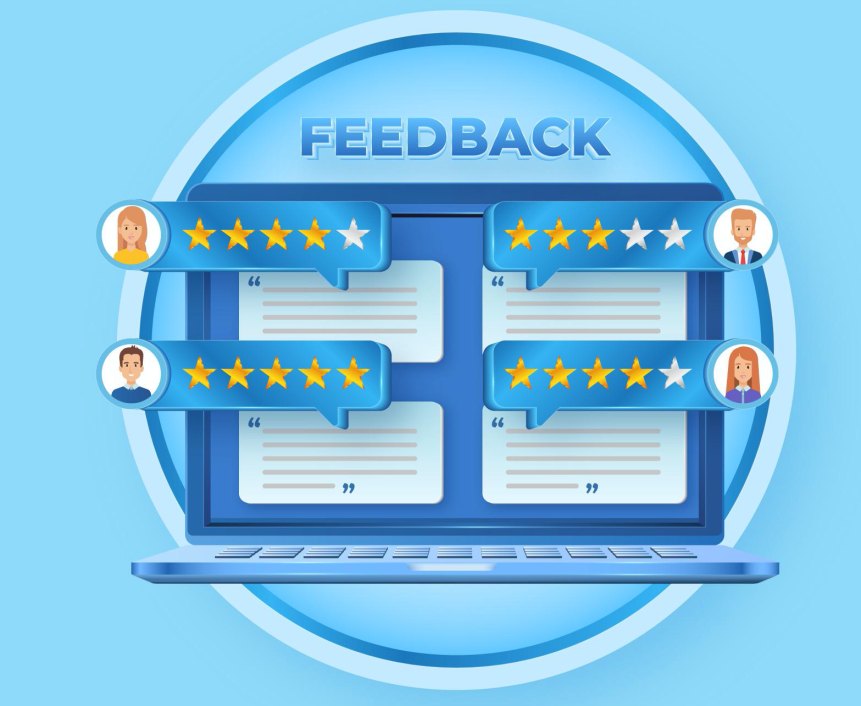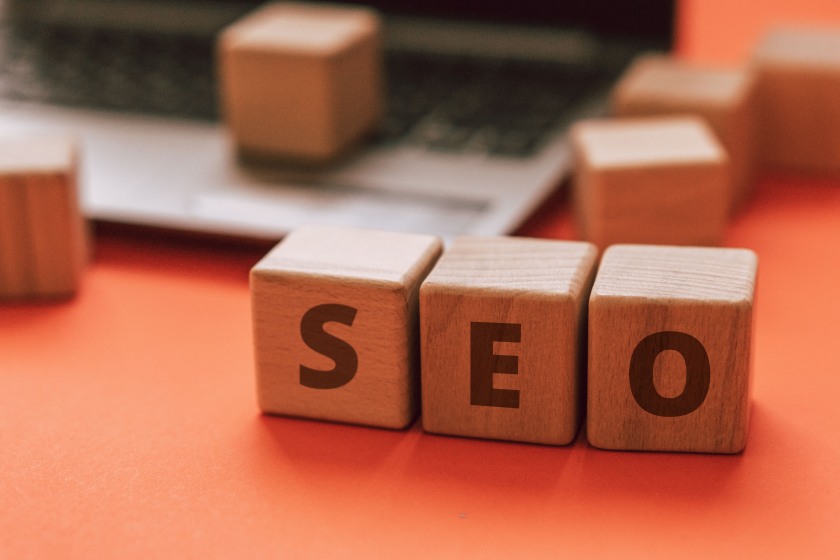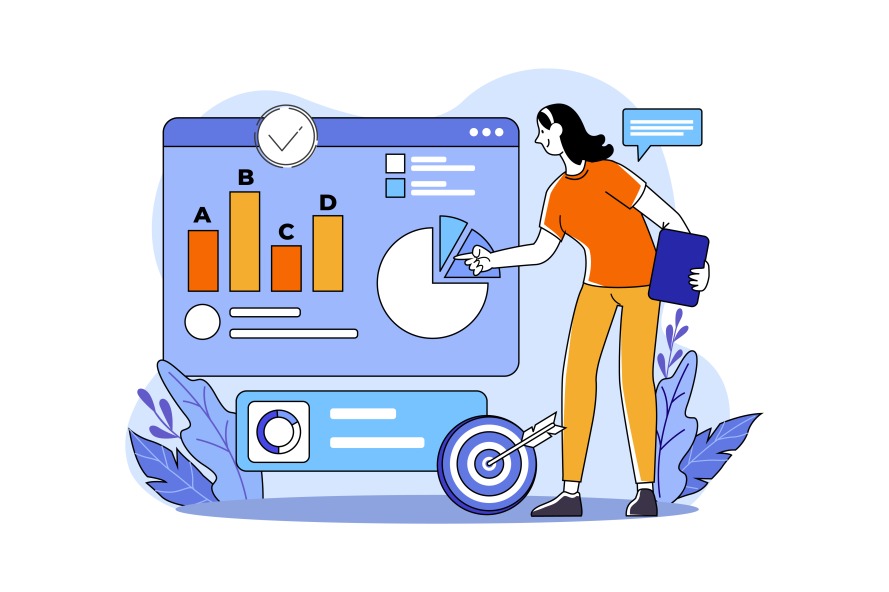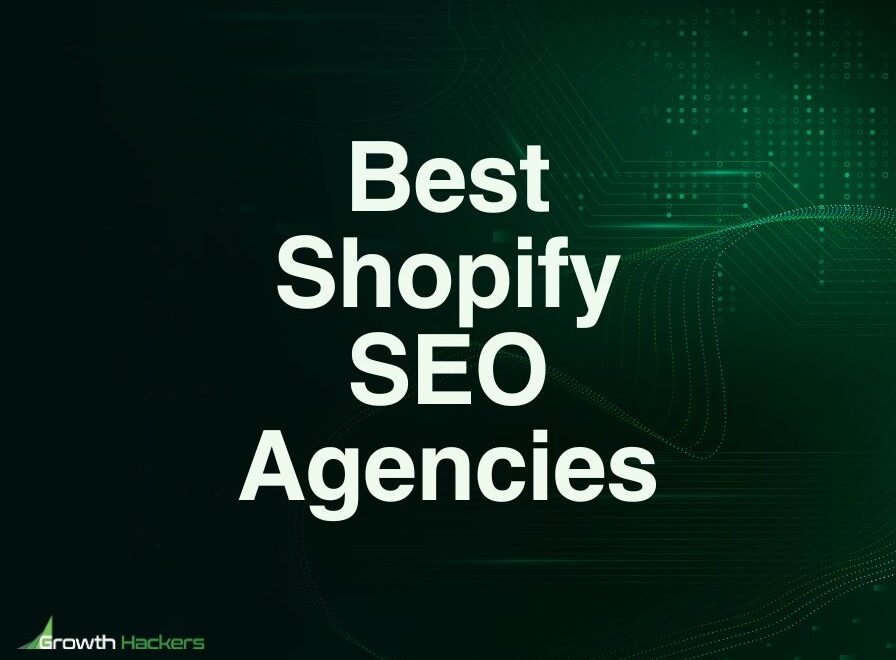On average, marketing budgets currently make 9.5% of total revenue, which is lower than it was 3 years ago.
This comes as no surprise given that 78% of marketers feel marketing in their industry has changed more in the last 3 years than it has in the last 50 years.
What does this mean? Marketers and business owners must be more intentional about the marketing strategies they use.
They have to work with strategies that drive growth.
Two marketing approaches that are hot right now are growth marketing and demand generation.
Both strategies increase leads and drive revenue growth.
Some marketers put their faith in growth marketing while others have their money on demand generation.
So, which one works better?
In this article, we look at growth marketing vs. demand generation, what they are, how they work, and which one reigns supreme.
Let’s get started.
What is Growth Marketing?
Growth marketing is a marketing optimization strategy that goes beyond customer acquisition.
It takes a comprehensive approach to marketing, which involves finding the right messaging to attract customers, retain them, and build loyalty by providing an exceptional customer experience.
It drives businesses to achieve growth and sustain it.
Growth marketing makes use of multiple data-driven tactics across different marketing channels to optimize the movement of prospects along the sales funnel.
Let’s look at some of the tactics used in growth marketing.
1. A/B and Multivariate Testing
Growth marketing involves taking an experimental approach to your marketing, which helps you find out what works and what doesn’t. This means understanding your customers and serving them what they need and want.
One way to understand your customers is by carrying out A/B and multivariate tests on your assets of outreach marketing like emails.
An A/B test involves creating two or more variations of marketing content and comparing the response of your target audience to each variation. You can then optimize your future marketing content around the winning variation.
For instance, you can use different CTAs in your landing pages and see which one drives the most conversions. Or, publish two different versions of a social media post, each emphasizing a different feature of your product, and see which one brings the most engagement.
To succeed in conducting A/B tests for growth marketing:
- Test one variable at a time. It’ll be easier to determine how effective the change is
- Have a goal and a metric you can use to compare the results. The test results will help you determine the specific change that’ll help you meet your set goals
- Allow enough time for the A/B or multivariate test to yield useful results
2. Implementing Customer Feedback
Customer feedback is key to customer retention and an effective growth marketing strategy.
It helps you know what makes your customers unhappy and you can take action before they find an alternative in your competitors’ products.
You can use Google Reviews to collect customer feedback. And if you embed the Google reviews to your website, you get to build customers’ trust, which also drives business growth organically.
But how do you get reviews?
You don’t have to wait for customers to give feedback on your products. Instead, you can reach out to them.
Use a survey form to get their thoughts on your products or rate the last interaction they had with your brand.
You can also use behavior-based triggers to solicit feedback from customers. For instance, if a customer starts a transaction and fails to complete it, enquire what made them not complete it, where they’re stuck, or any questions that they may have.
You might get valuable insights, such as parts of your payment page that are complicated or missing details in your product descriptions.
Use them to improve your customer service, and give your customer a better experience with your brand. You’ll experience more conversions and higher retention.
Wondering whether growth marketing or demand marketing is a better fit for your business?
Contact Growth Hackers
3. Cross-Channel Marketing
Instead of marketing using a single channel, cross-channel marketing combines multiple multiple channels such as push notifications, email marketing, and SMS marketing to meet the customers where they’re at.
In addition, you engage with the customer at multiple touchpoints with a message that’s consistent across each channel. This creates a unified customer experience that progresses your customers seamlessly from one stage to the next, irrespective of the channel. That’s why it’s even important that you partner with only those influencers who have interests similar to yours, if you choose to invest in influencer marketing.
For instance, if a prospect reads a blog post on how to choose a shoe, you can send them an email highlighting the new shoes you’ve added to your catalog, and later send a promotional SMS with an offer, discount, or coupon on selected shoes.
4. Search Engine Optimization
Growth marketing is incomplete without SEO. Its primary role in the process is to increase the traffic to your website from search engines. When you create content and leverage SEO best practices in the process, there’s a good chance your content will rank high in search engine results.
And this, in turn, will drive traffic to your website as higher ranked posts get more clicks. Once you publish a post, you can use Google index checker to determine if it’s been indexed correctly. Post that, you can leverage a rank tracker to keep track of its rankings in the search engine results pages (SERPs).
You can even use analytics tools like Google Analytics to check how much traffic each post is bringing to your website.
What is Demand Generation?
Demand generation is a marketing strategy that involves creating awareness and interest in a brand’s products or services.
With this strategy, you provide your audience with the right information and an offering that fits their needs
The goal is not just to capture any lead, but to bring in highly-qualified leads, nurture them into conversions, and turn them into loyal customers.
It builds a predictable pipeline that grows your business.
Here are some of the strategies involved.
1. Precise Buyer Personas
Successful demand generation that drives growth provides prospects with solutions that address their unique pain points.
It uses their individual content preference to deliver messaging that speaks to where they are in the sales cycle.
This calls for a deep understanding of the target audience, and one way to achieve it is by creating buyer personas.
A buyer persona is a semi-fictional character who represents your ideal customer.
It’s based on data about your existing and potential customers.
You can gather this data from your lead generation software, as long as it’s reliable and provides you with accurate and up-to-date data.
A buyer persona paints a clear picture of who your ideal customer is. Use it to define:
- Who a quality lead is
- Their motivations and goals
- How they make their buying decisions
- Their pain points
- The questions they’d have at each stage of the sales cycle
If you have multiple target audiences, have a buyer persona for each.
2. Lead Scoring
Lead scoring is another tactic in demand generation. It ensures that only high-quality leads pass from marketing to sales.
This tactic involves assigning values or numerical points to your leads. These values indicate how much interest the prospect has in your business.
For instance, you can assign a score for leads who visit your pricing page, play your product videos, or visit multiple pages. A high score indicates a lead is of high quality.
Lead scoring lets you weed out the less-valuable prospects early on and focus on high-value ones.
By reducing your audience to high-potential prospects, you’re able to provide a highly-personalized buyer’s journey and delightful experiences. It creates a higher ROI and boosts customer loyalty.
To conduct lead scoring effectively, identify the actions or attributes that count as valuable for your leads and use them to create a lead scoring model for your business.
Fuel your business growth with the right marketing strategy for your business!
3. Creating Valuable Content
Research shows that most B2B buyers tend to have already progressed through 57-70% of their buying journey before contacting sales.
The danger in this is that the customer moves through the pipeline without the information necessary to make informed choices. And you don’t want to leave them in the dark.
It’s vital for marketing teams to take a proactive approach and educate prospects using valuable content at each stage.
This, in turn, increases customer value, boosts loyalty, and fuels growth.
Valuable content is also helpful in creating awareness and pulling qualified leads into the sales funnel.
Content can range from blog posts to video marketing, e-books, and white papers that show off your expertise in your niche. It shows customers that you understand their pain points and can provide the right solutions.
Ensure each piece of content addresses a specific need. Make it highly relevant to your buyer personas.
It’s also important to create content for each step of the buyer’s journey.
Blog posts and white papers are ideal for the awareness stage while case studies and comparison posts are better for the consideration stage. For those in the decision-making stage, live demos suit best.
Growth Marketing vs Demand Generation: Which One Should You Use
As we’ve seen, growth marketing takes a full-funnel approach to marketing. It gives complete attention to the marketing funnel. Its focus is on revenue growth through acquiring new customers and keeping them around for as long as possible.
Demand generation, on the other hand, pays attention to the entire customer journey as well, but with a ‘top of the funnel’ focus. Demand generation works to bring in highly-qualified leads who can be nurtured into loyal customers.
Both strategies target an ideal customer as opposed to targeting everyone. They are also data-driven strategies that place an emphasis on nurturing leads into loyal customers who are brand advocates.
So, which one should you choose?
Growth marketing is a more wholesome strategy to achieve growth. You don’t just create a quality customer base, but you nurture it to generate the highest customer lifetime value (CLV) and a high ROI on your marketing investment.
Final Words About Growth Marketing vs Demand Generation
Having high-value customers gives you a competitive advantage and turns you into a high-growth business. Adopt a growth marketing technique but inject demand marketing techniques to create a more holistic marketing methodology.
This means you should work on attracting highly-qualified leads, but don’t stop there. Work on turning these leads into loyal customers while still attracting and bringing in more qualified leads.
Apply this approach and you’ll be on a growth trajectory.
Growth Hackers is an award-winning B2B demand generation agency helping businesses from all over the world grow. There is no fluff with Growth Hackers. We help entrepreneurs and business owners unlock their full potential with growth marketing and demand generation, increase their productivity, generate qualified leads, optimize their conversion rate, gather and analyze data analytics, acquire and retain users and increase sales. We go further than brand awareness and exposure. We make sure that the strategies we implement move the needle so your business grow, strive and succeed. If you too want your business to reach new heights, contact Growth Hackers today so we can discuss about your brand and create a custom growth plan for you. You’re just one click away to skyrocket your business.

